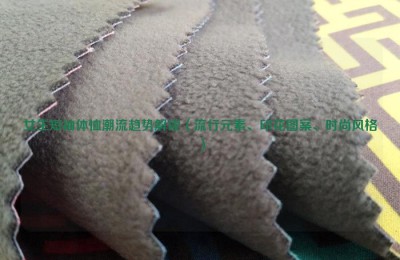At the beginning of June, the Anhui region was dominated by sunny and good weather, and new cotton grew well. However, with the coming of the rainy season, rainfall will increase, which may have an adverse impact on the growth of new cotton.
East to the east
In recent days, Anhui Dongzhi has continued to have fine weather, with high temperatures and sufficient sunshine, providing favorable conditions for the growth of transplanted cotton seedlings.
The local rainy season is coming soon, when rainfall and air humidity will increase significantly, leading to soil nutrient loss in cotton fields. If not managed properly, cotton will easily grow wildly. It is understood that this year’s plum rainy season lasts from June 10 to July 10. Local cotton farmers said that based on the characteristics of the plum rainy weather, there will be changes in cotton management. The first is to prune branches in time to reduce nutrient consumption and increase the number of buds; the second is to do a good job of cultivating, clearing ditches, and cultivating soil. From cotton budding to the first flower, depending on the growth and development of the cotton, it can generally be cultivated 1-2 times, and the depth requirement reaches 8 -12 cm, but in case of heavy rain or drought, cultivating should not be too deep. During the bud stage, cultivating and weeding should be combined with ditch clearing and soil cultivation to increase ground temperature, reduce weed damage, facilitate drainage, prevent waterlogging and prevent lodging; third, apply bud fertilizer steadily and apply flower boll fertilizer deeply to promote the vegetative growth of cotton.
Up to now, the local cotton plants that are growing well are 50-60 centimeters tall, with 6-9 true leaves, and the worse ones are 30-40 centimeters. Due to a lot of rain before transplanting, a few cotton leaves showed insect food and black spots, but most cotton leaves were normal.
Anqing:
During the Dragon Boat Festival holiday, moderate rains occurred in the cotton areas along the river in Anqing, Anhui Province, which had a certain impact on new cotton sowing. Affected by rain and high humidity, a few cotton seedlings developed “withering disease”. This year, local new cotton seedlings have emerged well, but a sudden heavy rain caused water accumulation in some cotton fields. To ensure the normal growth of cotton seedlings, some farmers used sprayers to wash away the mud on the cotyledons to allow them to resume growth.
AAAVSGREHTRY45






